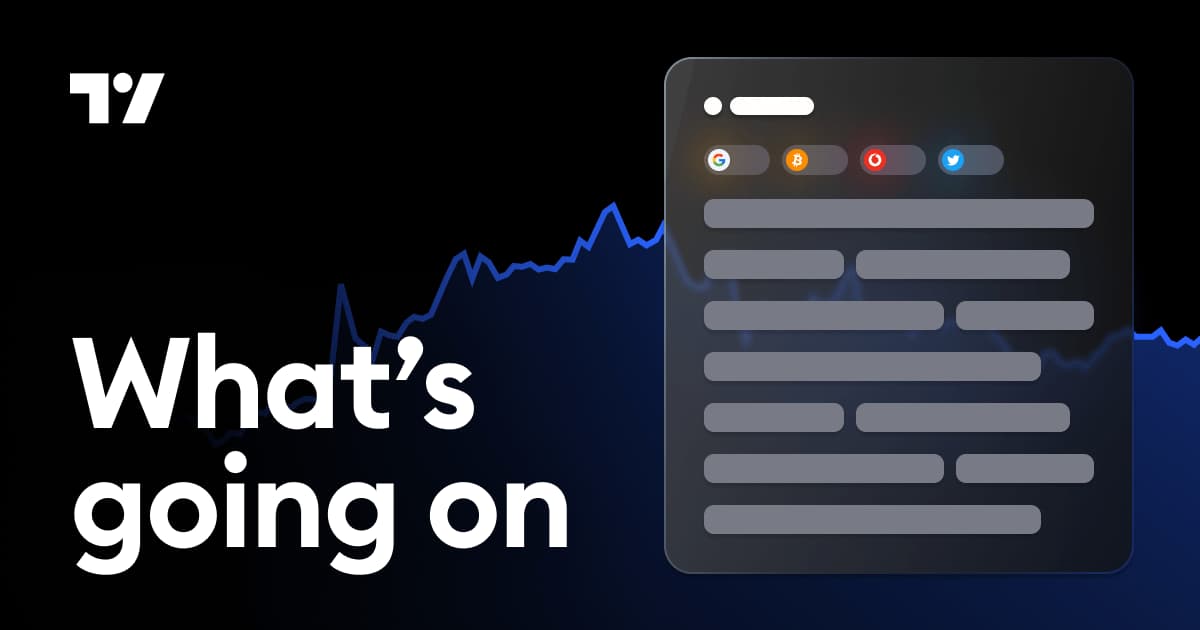As of March 6, 2025, the average 30-year mortgage rate in the United States has settled at 6.63%, marking a significant decline from the 7% threshold crossed in mid-January. This recent drop represents the sixth consecutive weekly decrease in mortgage rates, bringing them to their lowest level since early December 2024. This trend offers a glimmer of hope for potential homebuyers and the housing market, especially during a tumultuous period marked by economic uncertainty and fears of a recession.
Understanding the Current Mortgage Rate Landscape
The decline in mortgage rates comes at a time when the markets are grappling with the ramifications of the Trump administration’s tariff policies and the increasing likelihood of an economic downturn. Investors are becoming more risk-averse, leading to a shift towards government bonds. This increased demand for bonds typically results in lower mortgage rates, creating a favorable environment for homebuyers.
According to Yahoo Finance, the 10-year Treasury yield has dropped to 4.1% in early March, down from a peak of 4.8% in January. Analysts at Morgan Stanley predict that mortgage rates will continue to decline alongside Treasury yields over the next two years, providing further relief to those looking to enter the housing market.
The Connection Between Government Bonds and Mortgage Rates
The relationship between government bonds and mortgage rates is crucial to understanding the current market dynamics. When demand for government bonds rises, mortgage rates generally decline. The volatility stemming from tariff policies and recession fears has heightened investor interest in government bonds, pushing mortgage rates down.
As recessionary fears grow, investors are increasingly cautious, making government bonds an attractive option. This shift in investor behavior is enough to drive down mortgage rates, offering potential homebuyers a more affordable path to homeownership.
Recession Fears and Their Impact on the Housing Market
Concerns about a potential recession are gaining traction, fueled by declining consumer confidence, investment uncertainty, and sluggish economic growth. Economists at JP Morgan estimate a 40% likelihood of a U.S. recession in 2025, up from 30% earlier in the year. Historically, during economic downturns, the Federal Reserve often lowers interest rates to stimulate economic activity, which can lead to reduced mortgage rates and improved housing affordability.
According to Newsweek, the S&P 500 has experienced an 8.8% decline since mid-February, reflecting the market’s reaction to rising recession fears. Even if a recession does not materialize, the mere anticipation of one can trigger investor panic, leading to market sell-offs and further declines in mortgage rates.
The Federal Reserve’s Role in Shaping Mortgage Rates
The Federal Reserve’s actions significantly influence mortgage rates. A decline in the federal funds rate typically results in lower mortgage rates, making home financing more accessible. Recent data from the CME FedWatch tool indicates a 60% chance of three or more rate cuts by the end of 2025, a substantial increase from just 7.4% a month prior.
Reuters reports that if a downturn occurs, the Fed is expected to adopt a rapid rate-cut strategy, which could lead to increased optimism among homebuilders and greater access to capital for potential buyers.
Forecasting Future Mortgage Rates
Looking ahead, experts predict that mortgage rates will gradually ease through 2025, although they are expected to remain elevated compared to historical lows. The National Association of Home Builders forecasts that the 30-year fixed mortgage rate will fall below 6.5% by mid-2025 and below 6% by the end of 2026.
Fannie Mae has revised its mortgage rate forecast upward for 2025 and 2026, projecting the 30-year mortgage rate to end 2025 at 6.6% and 2026 at 6.5%. Freddie Mac also anticipates elevated rates throughout 2025, albeit slightly lower than those recorded in 2024, which could boost refinance activity.
Investment Opportunities in a Changing Market
As mortgage rates are expected to finish the year lower than they began, investors may want to consider exchange-traded funds (ETFs) that focus on the housing sector. Some notable options include:
iShares U.S. Home Construction ETF (ITB): The most liquid option with an average trading volume of 3.08 million shares, making it ideal for active trading strategies.
SPDR S&P Homebuilders ETF (XHB): A diversified option for investors looking to gain exposure to the homebuilding sector.
Invesco Building & Construction ETF (PKB): Focuses on companies involved in construction and building materials.
Hoya Capital Housing ETF (HOMZ): Offers the highest dividend yield of 2.08% and is suitable for long-term investing.
While all four funds have seen declines over the past month, HOMZ has outperformed others, with a modest drop of just 0.64%. In contrast, ITB experienced the largest decline at 7.79%. HOMZ also boasts the lowest annual fee at 0.30%, making it an attractive option for long-term investors.
Conclusion
The recent decline in mortgage rates offers a silver lining amid economic uncertainty and recession fears. As the market adjusts to changing conditions, potential homebuyers and investors alike can find opportunities in this evolving landscape. While the future remains uncertain, the anticipated decline in mortgage rates could pave the way for increased affordability and renewed interest in the housing market. As always, staying informed and considering various investment options will be key to navigating this dynamic environment.




